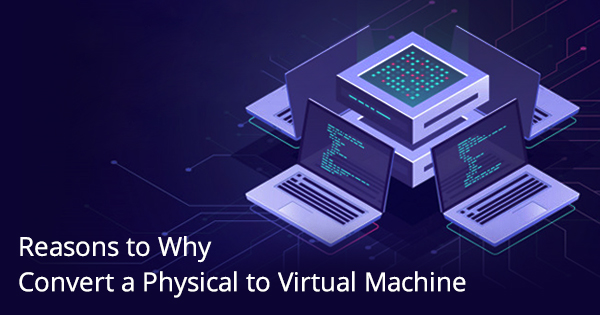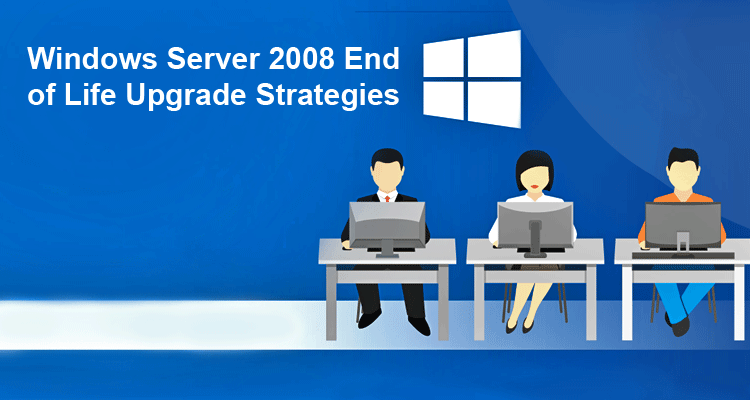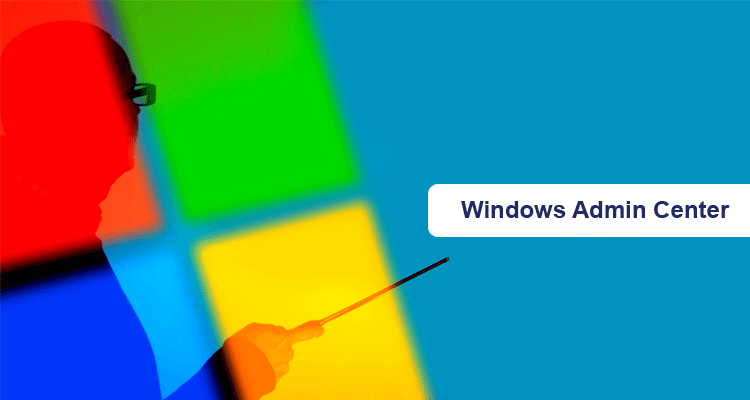Reasons to Why Convert a Physical to Virtual Machine

Virtualization is the process of creating a software-based, or virtual, a representation of something, such as virtual applications, servers, storage and networks. It is the single most effective way to reduce IT expenses while boosting efficiency and agility for all size businesses.
Over the past decade or so we’ve seen a number of major transformations to our technical infrastructure. Intel has continued to crank up the number of cores and clock speeds on their chips. Storage has continued to expand, and Internet speeds have finally progressed to the point where the cloud is taking off like a rocket.
Virtual Machines
A virtual computer system is known as a “virtual machine” (VM): a tightly isolated software container with an operating system and application inside. Each self-contained VM is completely independent. Putting multiple VMs on a single computer enables several operating systems and applications to run on just one physical server, or “host.”
Virtualization vs. Cloud Computing
Although equally buzz-worthy technologies, virtualization and cloud computing are not interchangeable. Virtualization is software that makes computing environments independent of physical infrastructure, while cloud computing is a service that delivers shared computing resources (software and/or data) on demand via the Internet. As complementary solutions, organizations can begin by vitalizing their servers and then moving to cloud computing for even greater agility and self-service.
These are just a few of the reasons you should consider converting a physical machine to a VM. I know a lot of people wait until it’s nearly too late. They figure they’ll wait until their aging system bites the dust before they take up the task. Creating a VM from an aging system can seem daunting. I don’t want to minimize the risks because they are valid. But waiting for the old system to die is taking a bad scenario and making it a lot



